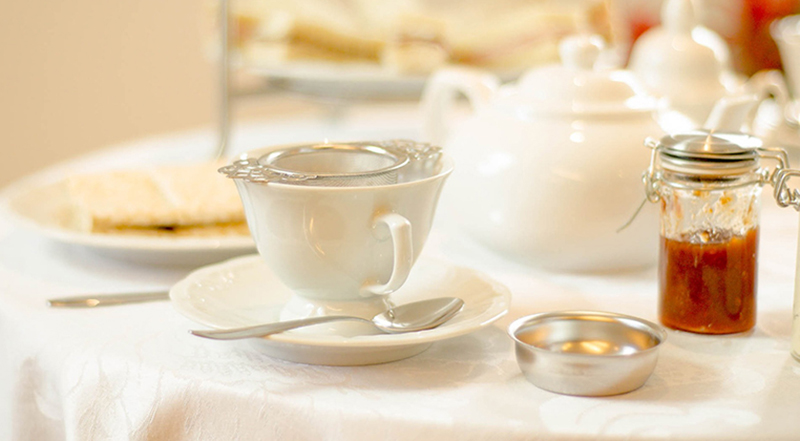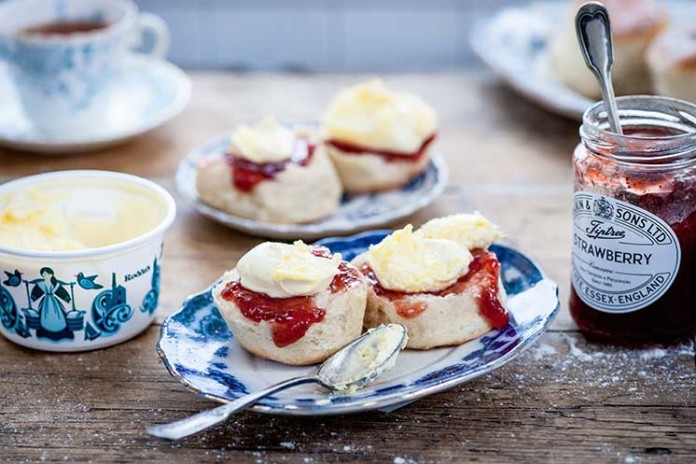Spread the strawberry jam and dollop that clotted cream on a crumbly scone, and serve it up with a perfect cup of tea to celebrate National Cream Tea Day
Where did the British love of cream teas come from?
Our enduring love affair with tea began when Portuguese Catherine de Braganza married King Charles II in 1662. She brought tea-drinking to court and the fashion exploded, particular after 1706, when Thomas Twining opened London’s first tearoom, which was far more appealing to ladies than the male-dominated coffee houses.
But it was the Duchess of Bedford who gave us the afternoon tea as we understand it today. She would order tea and snacks to her room when peckish in the afternoon, but this soon evolved into a full-blown country house social ritual.
By the middle of the 19th century, afternoon tea – a spread of sandwiches, cakes, scones, cream and jam (the first hint of cream teas as we know them today) were a daily occurrence up and down the country.
The tradition of cream tea associated with the West Country flourished following the tourism boom in the 1850s, sparked by the opening of the railway. Visitors who headed south for sun and sea air still wanted their treats and soon delicious afternoon cream teas, made with the finest local ingredients, were being offered up and enjoyed with delight.

Cornish or Devonshire cream tea?
So, is it cream then jam, or jam then cream? The answer’s in the difference between the Cornish and the Devonshire cream tea, and the cause of much controversy, although etiquette gurus Debrett’s say you should spread your jam before dolloping cream on top. But one thing is universal: never use whipped cream. It’s utterly improper – stick with clotted.
Find out about where you can find the best Cream Teas around the UK and more at the Cream Tea Society’s website






 © 2024
© 2024